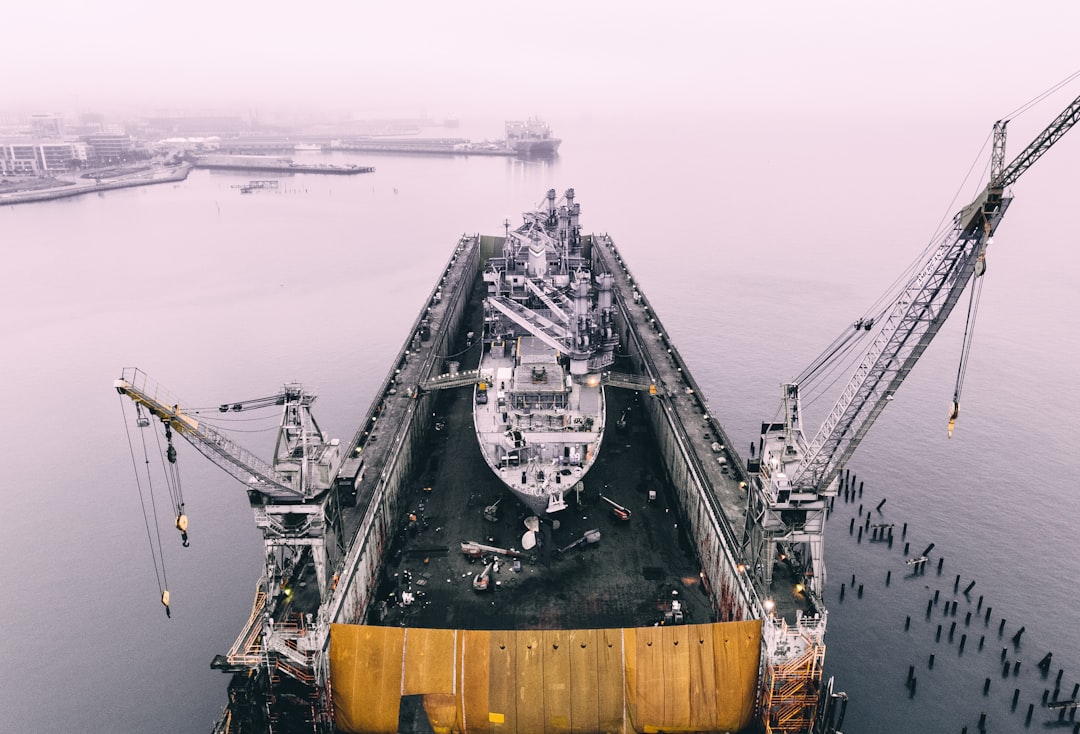The global steel market is a dynamic and complex ecosystem, constantly influenced by a multitude of factors. Understanding the forces that drive steel price fluctuations is crucial for businesses across various sectors, from construction and automotive to manufacturing and energy. This comprehensive analysis delves into the key elements shaping global steel prices, providing insights into current trends and potential future scenarios.
Supply and Demand Dynamics: The Foundation of Steel Pricing
The fundamental principle governing steel prices is the interplay between supply and demand. High demand, driven by robust economic growth in regions like Asia and infrastructure development globally, typically leads to price increases. Conversely, periods of economic slowdown or decreased construction activity can result in lower demand and consequently, reduced steel prices. The balance between these two forces is constantly shifting, making accurate prediction challenging but undeniably crucial.
Furthermore, the geographical distribution of demand plays a significant role. Rapid industrialization in developing nations often creates localized spikes in demand, impacting regional prices more acutely than global averages. This necessitates a nuanced understanding of regional market dynamics to accurately assess price trends.
The Role of Raw Materials: Iron Ore and Beyond
Steel production is heavily reliant on raw materials, primarily iron ore, coking coal, and scrap metal. Fluctuations in the prices of these commodities directly impact the cost of steel production and, consequently, the final price. A surge in iron ore prices, for example, due to factors such as weather events affecting mining operations or increased demand from China, will inevitably push up steel prices. Similarly, changes in the availability and cost of coking coal, essential for the steelmaking process, can significantly influence the final product’s price.
The global supply chain for these raw materials also plays a crucial role. Disruptions, such as geopolitical instability or logistical bottlenecks, can lead to shortages and price spikes. Monitoring the supply chain’s health is, therefore, a vital component of any comprehensive steel price analysis.
Geopolitical Factors and Their Impact on Steel Prices
Geopolitical events can significantly influence steel prices. Trade wars, sanctions, and political instability in major steel-producing or consuming nations can disrupt supply chains, create uncertainty, and lead to price volatility. For instance, trade tariffs imposed on steel imports can protect domestic producers but also lead to higher prices for consumers. Similarly, political unrest in a major iron ore-producing country can disrupt supply and drive up prices.
Government policies also play a vital role. Subsidies to domestic steel producers can artificially lower prices in one market while potentially impacting others. Environmental regulations aimed at reducing carbon emissions can increase production costs and, consequently, steel prices. Keeping abreast of these geopolitical developments is critical for accurate price forecasting.
Technological Advancements and Their Influence
Technological advancements in steel production and processing can influence prices in both positive and negative ways. Innovations that increase efficiency and reduce production costs can lead to lower steel prices. Conversely, the adoption of new technologies might require significant upfront investment, potentially increasing production costs in the short term.
The development of new steel alloys and advanced manufacturing techniques can also impact prices. High-strength, low-alloy steels, for example, may command premium prices due to their enhanced properties and suitability for specific applications. Understanding the pace of technological innovation and its impact on production costs is essential for informed decision-making.
Forecasting Steel Prices: Challenges and Opportunities
Accurately forecasting steel prices is a complex undertaking due to the multitude of interacting factors discussed above. While no single model can perfectly predict future prices, combining quantitative analysis of historical data with qualitative assessments of geopolitical factors, supply chain dynamics, and technological trends can provide valuable insights. Analyzing steel futures contracts can offer a glimpse into market sentiment and expectations, though these are subject to their own degree of uncertainty.
Sophisticated econometric models, incorporating variables such as macroeconomic indicators, commodity prices, and industry-specific data, can be used to generate price forecasts. However, it’s crucial to remember that these models are only as good as the data they are based on and the assumptions underlying them. Regularly reviewing and refining these models based on new information and market developments is essential.
In conclusion, navigating the global steel market requires a deep understanding of the complex interplay between supply and demand, raw material costs, geopolitical factors, and technological advancements. By carefully considering these elements, businesses can make more informed decisions and better manage the risks associated with steel price fluctuations.
SEO Tags: steel prices, global steel market, steel price analysis, steel industry trends, steel price forecast




